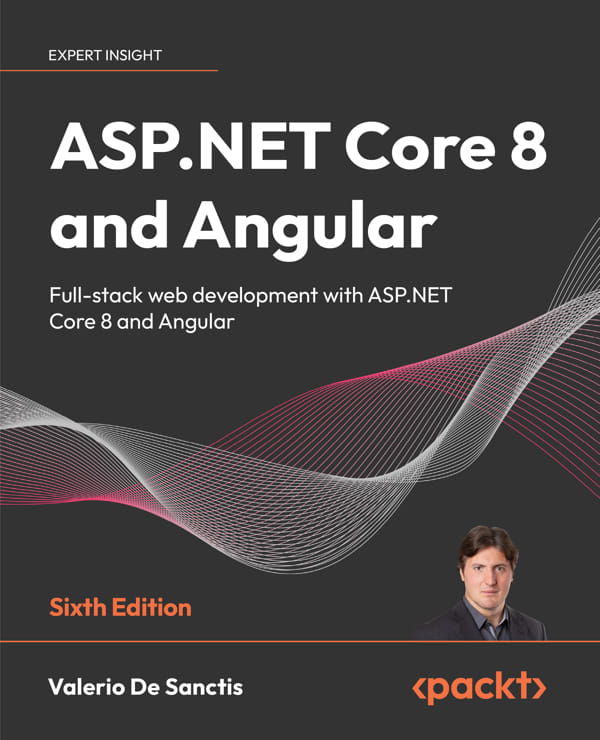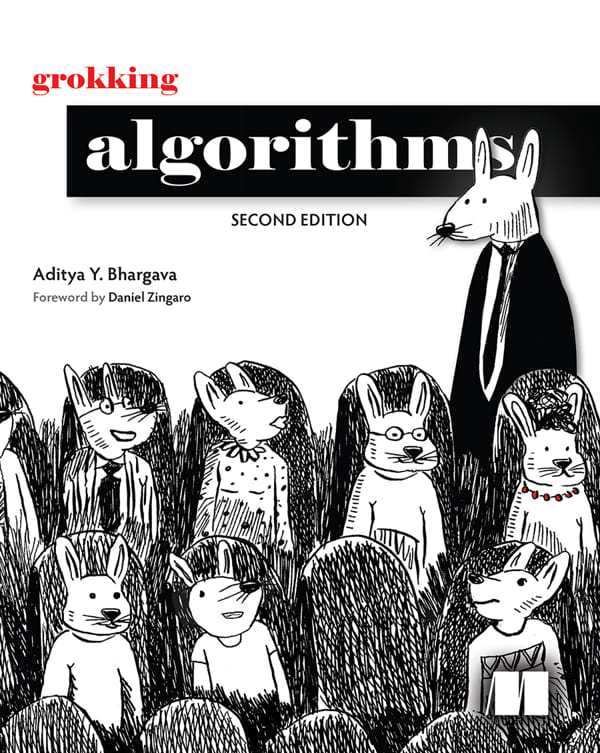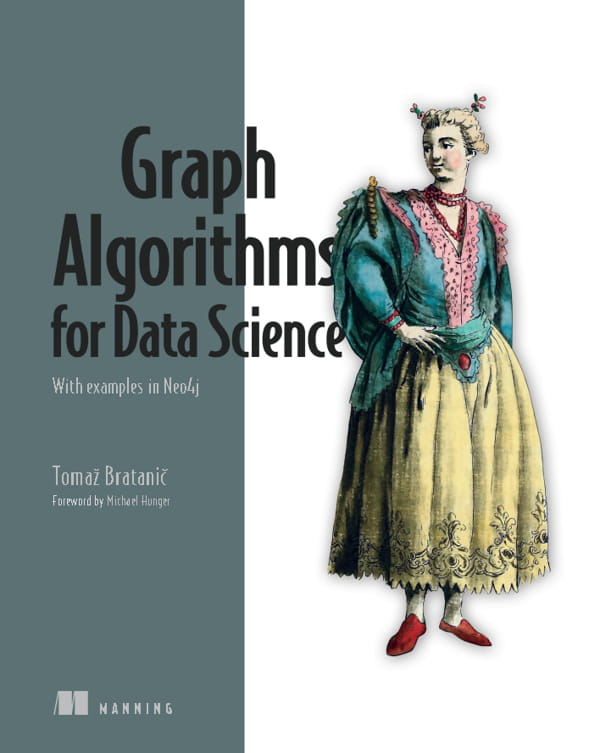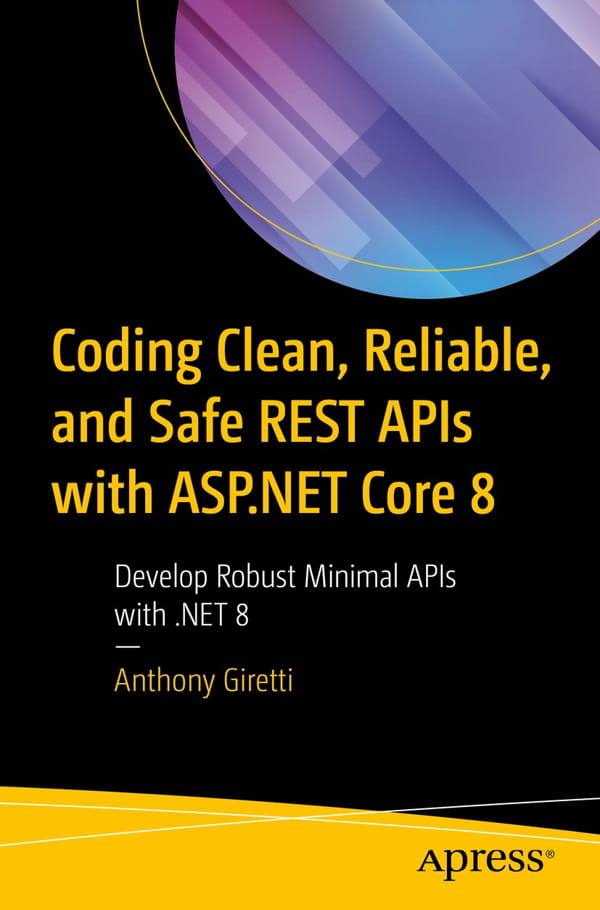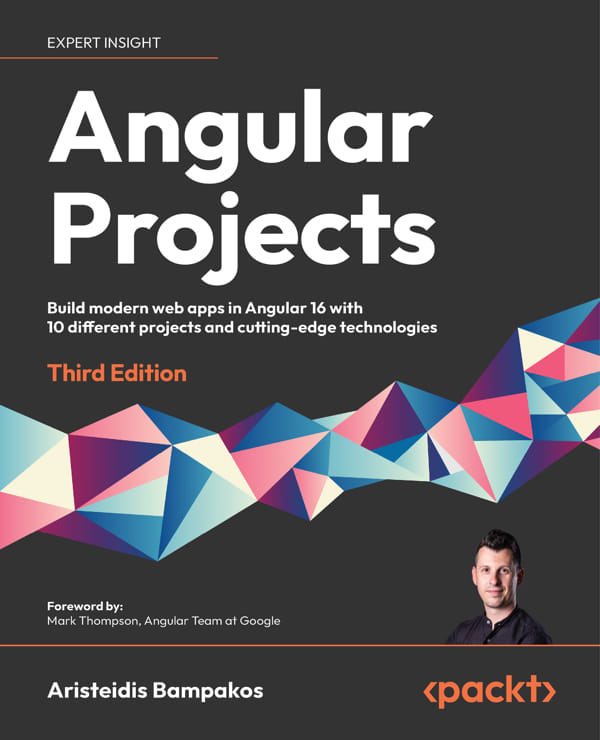SignalR: Real-time Application Development

برنامه ای که نامتفارنی ، اینترنت و تعامل و همکاری چند کاربره را یکجا با هم ترکیب کند سزاوار لفظ “wow!” هست. بدون شک همه ما از تعاملی که سیستمهای وب امروزی مانند Facebook ، Twitter ، Gmail ، GoogleDocs و برنامههای دیگر به ما ارائه میدهند شگفت زده شده ایم، زیرا در این سیستمها ما به روزرسانیها را به صورت بلادرنگ دریافت میکنیم، بدون اینکه صفحه را رفرش کنیم.
برای نمونه، وفتی که ما سندی را به صورت آنلاین در GoogleDocs باز کرده و شروع به ویرایش آن کنیم و در همین حین کاربر دیگری نیز به این سند دسترسی داشته باشد، هر دو کاربر به صورت بلادرنگ تغییرات صورت گرفته بر روی سند را مشاهده میکنند. حتی در موارد روزمره مانند یک برنامه چت، متنی که دوستتان در حال نوشتن آن است به راحتی نمایش داده میشود ، و راز آن این است که هر دو سیستم از یک راه حل استفاده میکنند: تبادل اطلاعات بین سرور و کلاینت به صورت نامتقارن و بلادرنگ.
هدف این کتاب فراهم کردن آموزشی گام به گام برای شروع کار با SignalR است و دادن دیدی به شماست که به واسطهی SignalR قادر به ساخت چه برنامه هایی میشوید. در این کتاب شما چگونگی ساخت برنامه با استفاده از اجزای سرور و چندین کلاینت، Web، .NETو Windows8/WinJS را فرا میگیرید.
Chapter 1, Revitalizing the rich client, will teach you that in order to get started with SignalR and real-time web applications, it is important to understand the motivation behind wanting to have such a technology and approach to application development.
Chapter2, Persistent Connections, will help you understand that at the core of SignalR sits something called PersistentConnection; this is where everything starts. In this chapter you will learn how to get started with it in the backend and consuming it in
the frontend.
Chapter 3,Hubs, will move you up one abstraction layer from PersistentConnection to something called Hubs. A Hub provides a more natural abstraction for most
scenarios. A Hub is easier to write and easier to consume.
Chapter 4, Groups, will explain grouping. Sometimes you want to filter messages so that you can better control which clients get what messages. Grouping is a way in SignalR to accomplish this; you will learn how to deal with this on the server and the client.
Chapter 5,State, will explain you that in addition to sending messages between client and server that are very explicit, you sometimes need to have accompanying
metadata or additional data that is cross-cutting. In this chapter, you will learn how state can go back and forth with messages.
Chapter 6, Security, is about how every application needs to take security into consideration. In this chapter, you will learn techniques that you can apply
to your SignalR code to secure messages.
Chapter 7, Scaling Out, will show you how to scale out and be able to deal with building applications that scale on multiple servers, not only in an on-premise
environment but also in Microsoft's Windows Azure cloud.
Chapter 8, Monitoring, will show you how to monitor messages and look at possible performance bottlenecks. Debugging is part of the everyday life of a developer and, of course, it applies to development with SignalR.
Chapter 9, Hosting a Server Using OWIN, will look at how to self host a simple console application using OWIN. Open Web Interfaces for .NET is an abstraction-enabling web framework to be agnostic about the underlying platform.
Chapter 10, WinJS and Windows8, will port our web client to be a Windows 8 store application through the usage of WinJS.
Table of Contents
Chapter 1: Revitalizing the Rich Client
Chapter 2: Persistent Connections
Chapter 3: Hubs
Chapter 4: Groups
Chapter 5: State
Chapter 6: Security
Chapter 7: Scaling out
Chapter 8: Monitoring
Chapter 9: Hosting a server using OWIN
Chapter 10: WinJS and Windows 8
 می پسندم
می پسندم
 به درد نمی خوره
به درد نمی خوره





